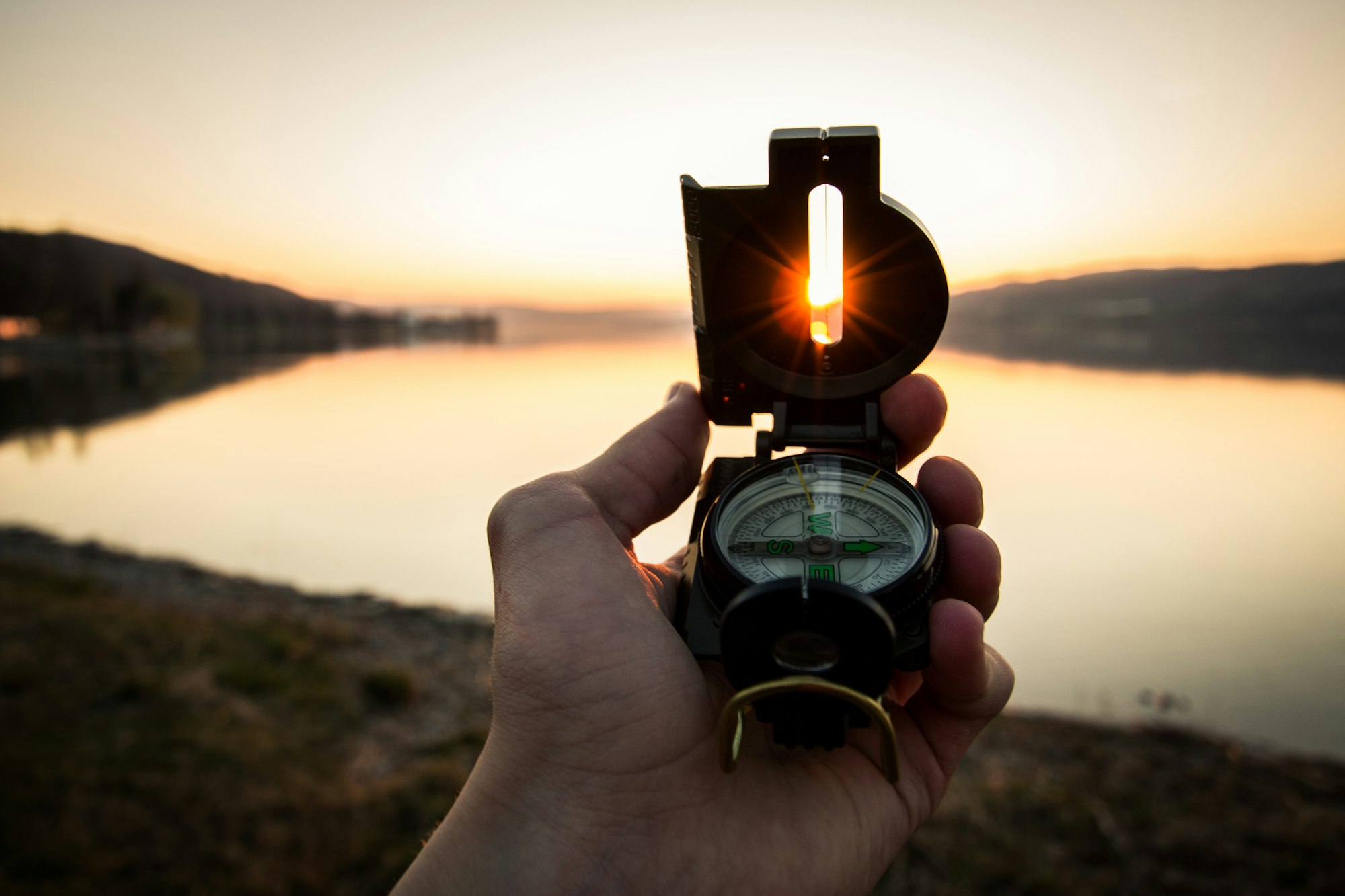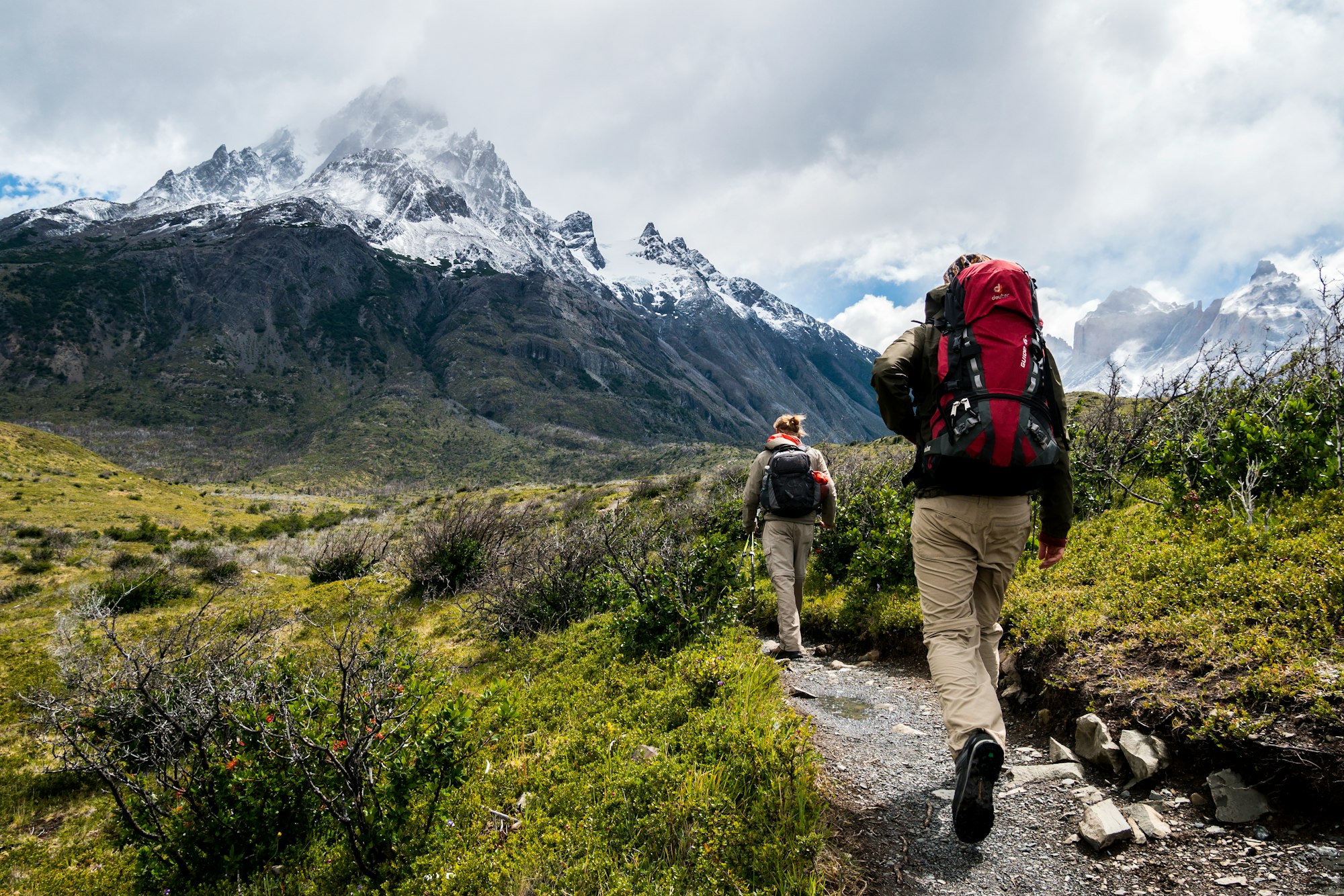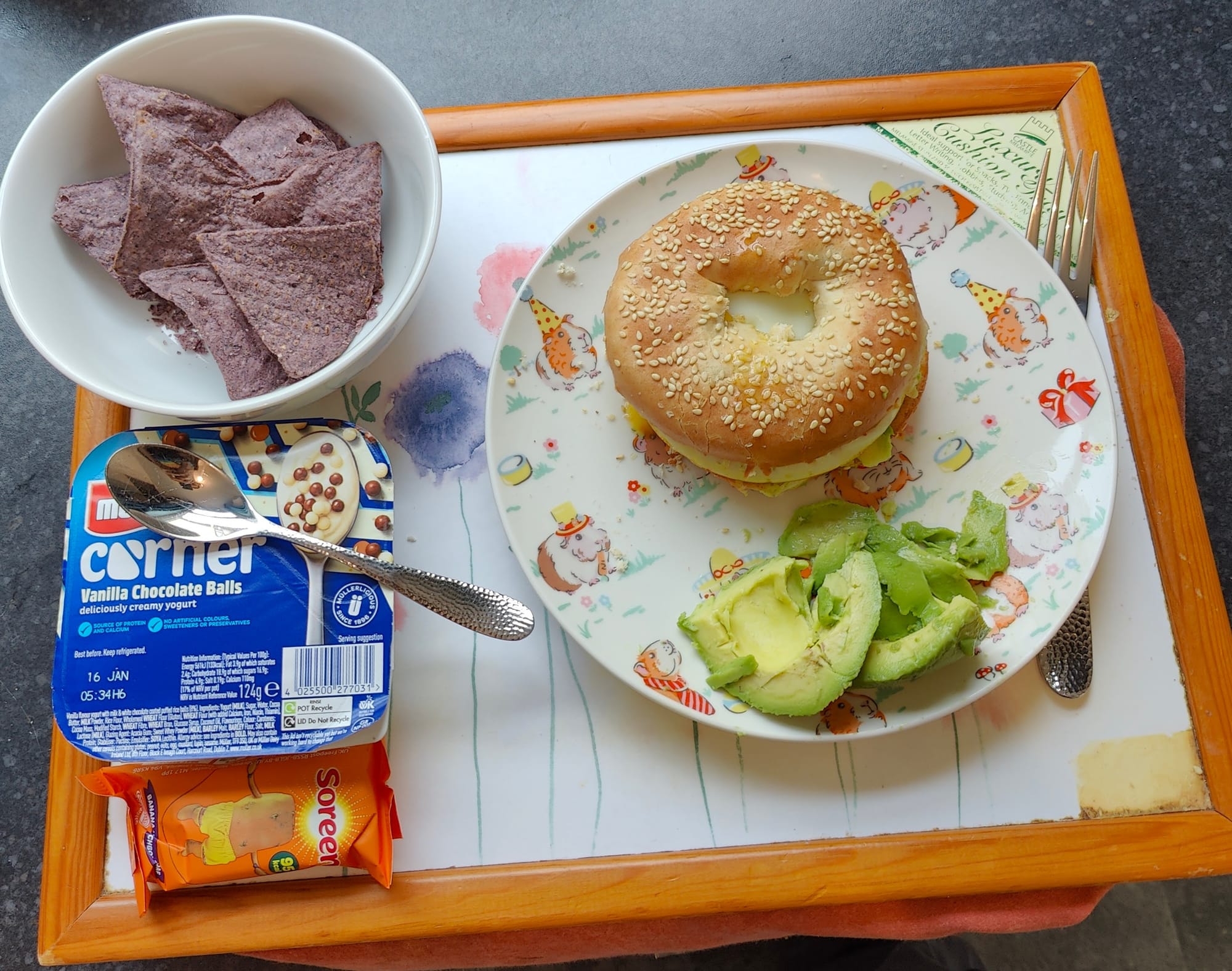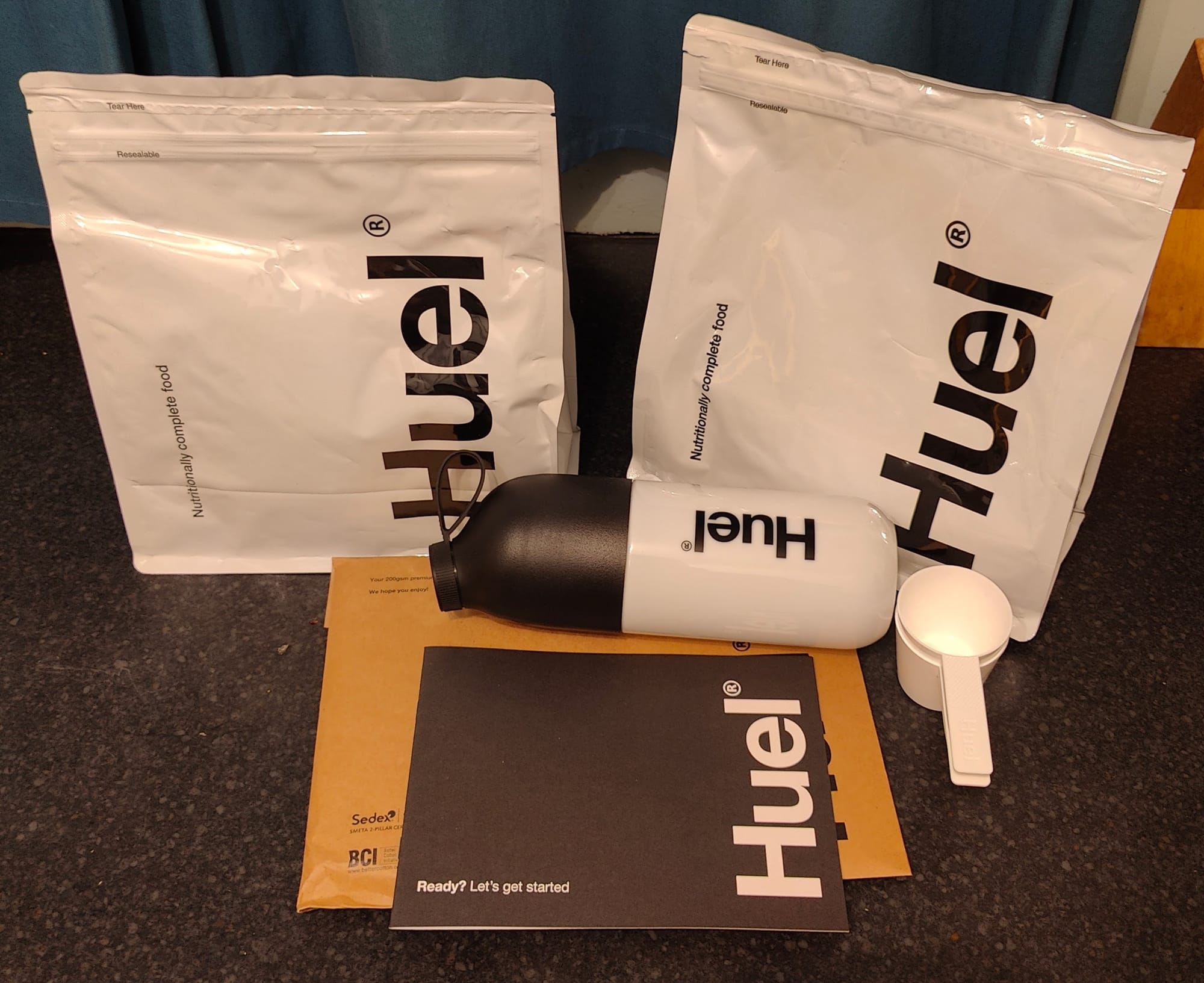Epona 100 Training Plan
How I'm planning to strengthen up for my first 100 miler: principles, week by week & session types.

With 24 weeks left until the Epona 100 it's time to get cracking and building up my body ready for the challenge. 100 miles and ~5,100 meters of climbing over a route that looks like this ⬇️ means I'll need all the prep I can muster.

I wanted to share how I'm looking at tackling this to a) give others who may be interested in the event an idea of what the training may entail and b) get feedback on the approach I'm taking. I'm not coached and enjoy the challenge of building a plan myself, but that also means it's likely I've got a few things wrong here.
General Principles

My typical mileage usually sits around 70 km/week so I'll use that as the baseline to start from.
I want to build up gradually to 161 km / week and hit that target twice at the peak of the training plan, Update 09/02/24: I received a fair bit of advice, and did some reading around the sort of weekly volume you should be aiming to peak at for a 100 miler, and the general consensus is between 50-70 miles (80 to 112 km) so I've adjusted my plan to top out at that instead of trying to push to 100 miles in a week.
I'll have a lot of focus on hill work to prep my body for the climbing and descents with 1 hill session a week and long runs routed for elevation gain.
It's good practise to build weekly volume by no more than 10% each week, and have cut back weeks where you reduce your volume down to let your body rest. As there's a fair bit of time to build up I'm increasing this less (around 5% / week), and doing 3 weeks of Build followed by 1 week Cutback (half the prior volume).
I started by planning around distance goals a week, however I've seen a lot of feedback that focusing on Time instead can be a more useful metric for maintaining morale. My take on it is that it's easier to plan a 3 hour session than planning to cover 30 km, the former has a nice hard cut off, the latter can take longer if fatigued and you may be tempted to push the pace up more than is helpful.
The week by week metrics below then are the hours I want to train every 7 days. Each week I've also added on 2-3 hours intended for walking/hiking time to help build that time on feet (for example the first week is 10h: which is 7h running 3h walking).
Each week I'll be following the 80/20 rule: 80% of time at super chilled base pace, 20% at a harder pace. I'll have 2 hard sessions a week: 1 speed intervals and 1 hill reps. Historically I've been great at doing the 80% bit, and pretty bad at doing the 20%, so that'll be part of the challenge.
As the plan goes on there's definitely going to be some double run days to build the volume, and I'm planning some back to back long runs to help improve running on tired legs.
Oh and finally: if injured or feeling close to injury I'll cut back rather than powering through - slightly undertrained is better than not making the start line!
Week by Week
Here's the breakdown of what I want to hit each week on the run up to the Epona:
Weeks completed so far:

Weeks remaining:

This has me hitting 5 peak weeks where I'll be targeting 13 hours running with 2 hours hiking, then a 3 week taper before the event itself where I gradually reduce volume.
I've mixed around Cutback weeks where it makes sense (week of other events, work, holidays etc) so it isn't always 3/1.
Session Types

Here's the types of sessions I'm aiming to sprinkle through the week:
- Base 🌲 - Super relaxed easy pace, should feel light and breezy. “Float”. 80% of runs should be this pace
- Intervals: 1 session of either of these each week
- Tempo ⚡️ - Intervals running at tempo pace (hard but manageable pace)
- Threshold ⚡️⚡️ - Interval running at a hard threshold pace (red line)
- Hill Reps 🏔 - Charge up a big hill, jog down, repeat. 1 session a week
- Hiking 🚶♂️ - Gentler session for increased time on feet, 3 hours a week
- Rest Day 💤 - A true rest day: no running of any sort except family activities
For the sessions I'll rotate between 3 pairs of shoes: Update 09/02/24: I'm keen to stick to zero drop shoes for this race, The Lone Peaks have served me well in all previous ultras including my first 100k, and I'm experimenting with Mont Blancs and the new Timp 5s. Mainly due to knowing they don't give me leg issues whilst being very comfy over long distance.
Nutrition

Probably my weakest area; when refuelling from a run I often grab whatever's in the house, usually crisps and biscuits. Trying to improve that over the next few weeks with more quality whole foods.
A few staples at the moment of oatmeal with honey for breakfast alongside bagel, egg and avocado for lunch. Lots of greek yoghurt, and veg filled plates for dinner.

Have brought some Huel as well, not as a meal replacement but instead a more nutritious way to refuel after a run than my normal choices. So far, not a huge fan (and my stomach hates the stuff) but it's early days.
Closing Thoughts
I think my main concerns about the plan are:
- Now I've switched to Time over Distance, will I end up training too little?
- Are those 15 hour weeks enough?
- Is the taper longer enough (or too long!)?
However I'm confident that at the very least this'll get me ready, or as close to ready as I'll ever be, for the big day.
What are your training plans for the year? Any things above you think won't work? Feedback and chat most welcome, I'm found on Instagram these days here.
